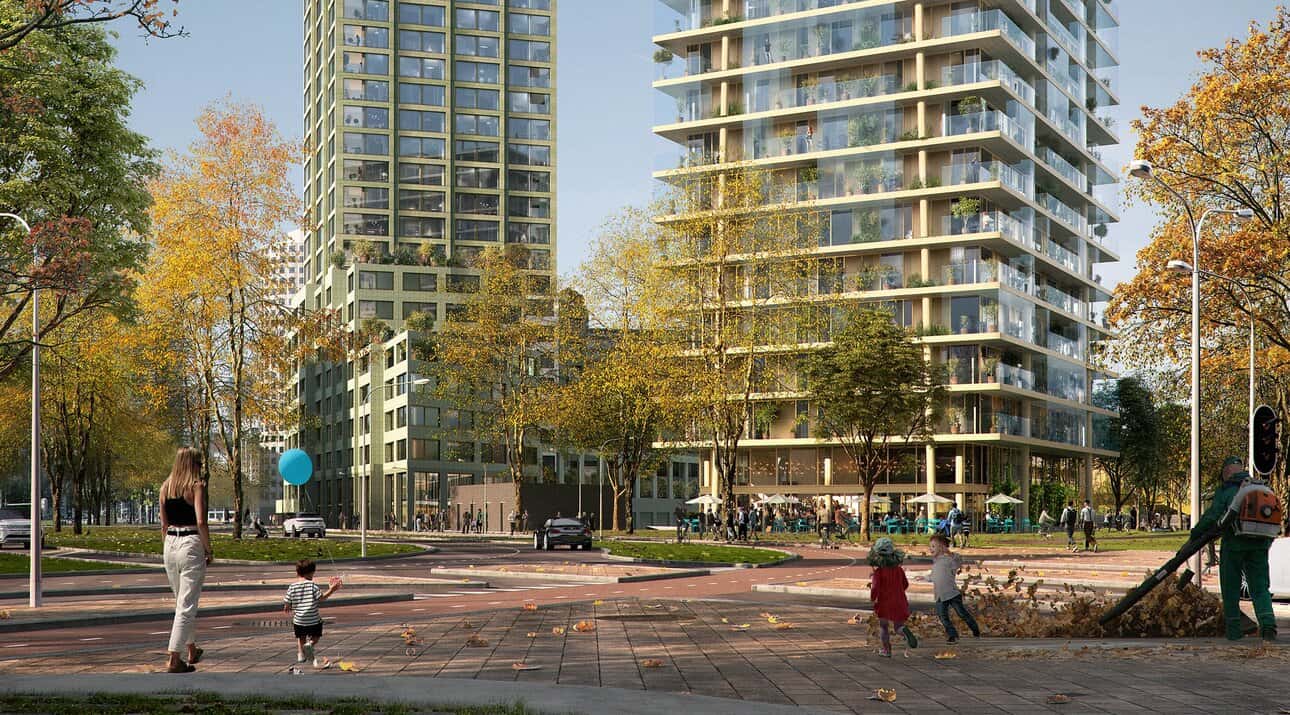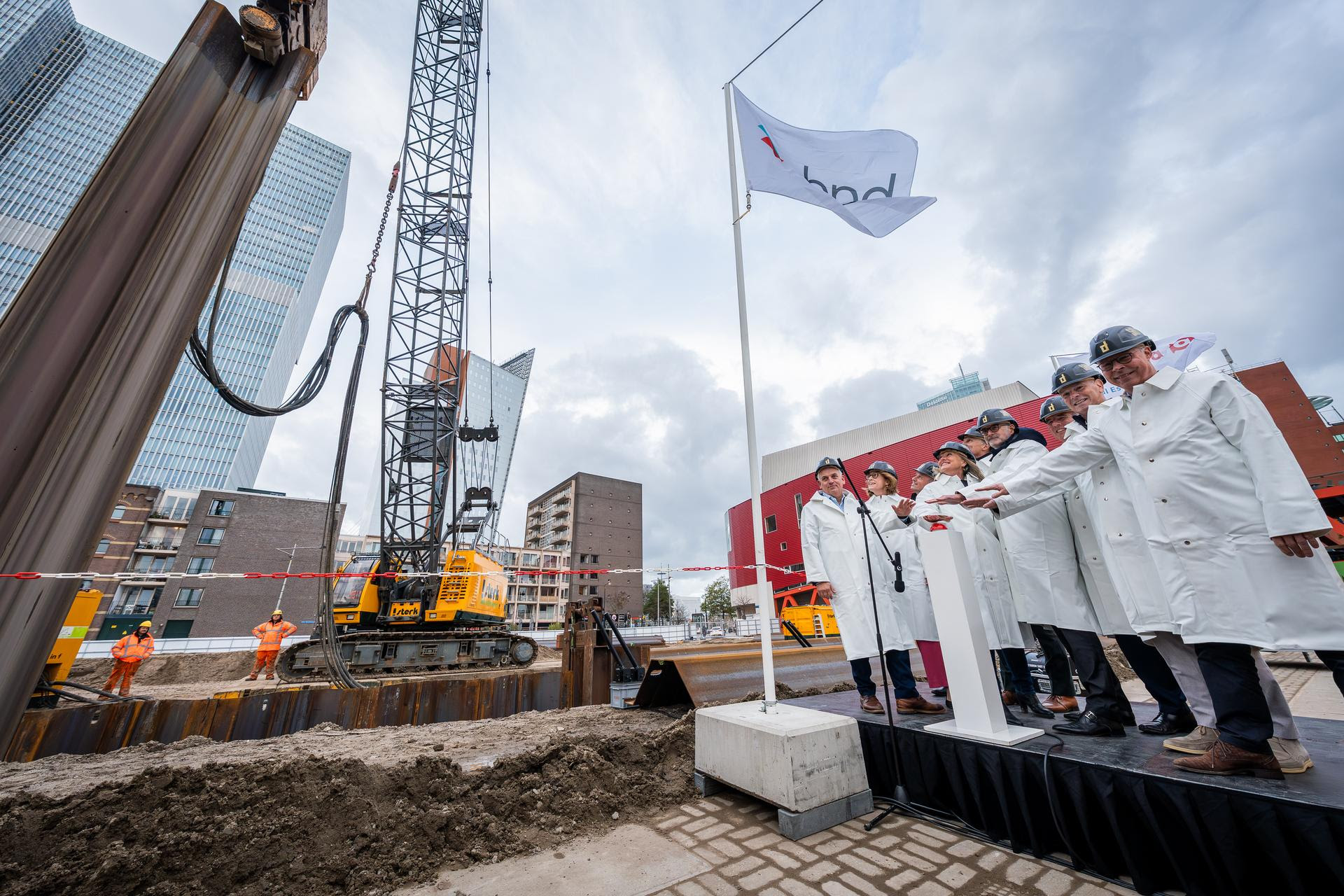ROTTERDAM, 19 December 2024 – A municipal study has revealed that most housing vacancies in Rotterdam are found in the private rental sector. Over six years, an average of 17,430 homes stood vacant annually, with 9,580 of these in private rental. The municipality is examining new strategies to address this persistent issue.
Housing vacancy trends from 2018 to 2024
The report identified that private landlords with fewer properties (1–9 homes) exhibited the highest vacancy rates at 19.2%. Housing associations reported an average of 6,200 vacant homes, while only 180 owner-occupied homes were empty. Approximately 1,470 vacant homes had unknown ownership, largely attributed to new builds awaiting residents.
Administrative versus actual vacancy
Administrative records indicate a vacancy rate of 5.5%. However, data from the Netherlands’ Central Bureau of Statistics (CBS), which accounts for energy usage, suggests actual vacancy rates are closer to 3%. Homes with significant energy consumption are classified as occupied, regardless of registration status.
Causes of housing vacancy
Vacancies stem from a range of factors, including:
- Transitional periods between sales, rentals, or renovations
- Delays in inheritance processing
- Investment-driven holding strategies (pied-à-terres)
- Maintenance issues, especially in older properties
Municipality response
Alderman Chantal Zeegers (Building and Housing) emphasised the urgency of addressing vacancy rates: “With many residents seeking housing, reducing vacancies is critical. We are collaborating with housing associations and exploring effective measures to expedite housing availability.”
Previous interventions in cities like Amsterdam have reduced vacancy durations but have not significantly affected overall vacancy rates. The municipality also aims to utilise temporary rentals in vacant properties under the National Programme Rotterdam South (NPRZ).
Next steps
Rotterdam plans to identify effective strategies for reducing housing vacancy rates and will keep the city council updated on progress. For private landlords, complex challenges such as property condition and ownership diversity may require targeted approaches.















